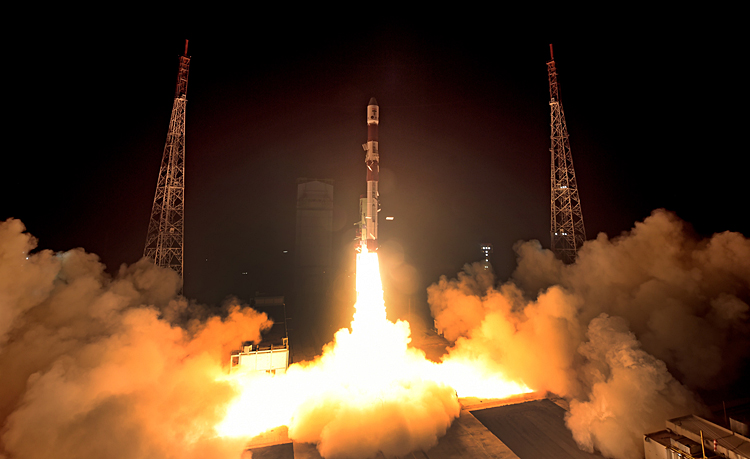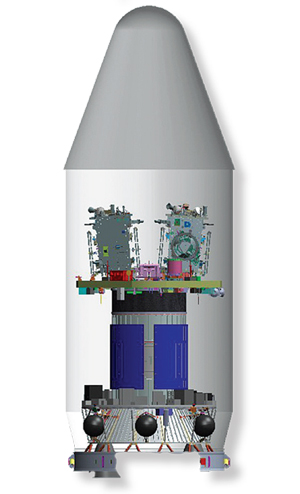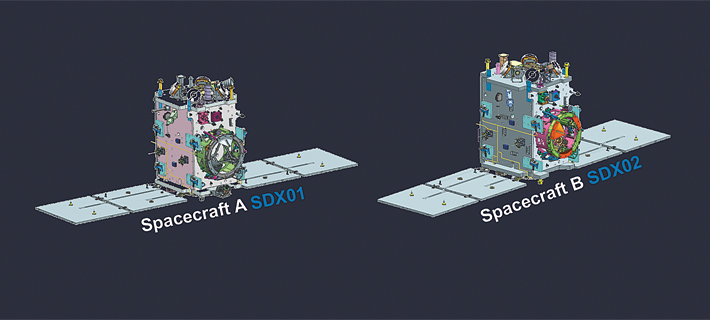INDIAN ARMED FORCES CHIEFS ON OUR RELENTLESS AND FOCUSED PUBLISHING EFFORTS

The insightful articles, inspiring narrations and analytical perspectives presented by the Editorial Team, establish an alluring connect with the reader. My compliments and best wishes to SP Guide Publications.

"Over the past 60 years, the growth of SP Guide Publications has mirrored the rising stature of Indian Navy. Its well-researched and informative magazines on Defence and Aerospace sector have served to shape an educated opinion of our military personnel, policy makers and the public alike. I wish SP's Publication team continued success, fair winds and following seas in all future endeavour!"

Since, its inception in 1964, SP Guide Publications has consistently demonstrated commitment to high-quality journalism in the aerospace and defence sectors, earning a well-deserved reputation as Asia's largest media house in this domain. I wish SP Guide Publications continued success in its pursuit of excellence.
ISRO's SpaDeX Mission
The SpaDeX mission is designed to demonstrate essential technologies for future space missions, including satellite servicing and space station operations
 |
The Author is Former Director General of Information Systems and A Special Forces Veteran, Indian Army |

On December 30, 2024, ISRO successfully launched the Space Docking Experiment (SpaDeX) mission. The PSLV C60 rocket carrying two small satellites, SDX01 (Chaser) and SDX02 (Target), along with 24 payloads lifted off from the first launchpad of the Satish Dhawan Space Centre in Sriharikota, and about 15 minutes after liftoff, the two small spacecraft weighing about 220 kg each were launched into a 475-km circular orbit as intended. The SpaDeX mission is designed to demonstrate essential technologies for future space missions, including satellite servicing and space station operations. This mission is critical for India as it aims to become only the fourth country in the world, after the US, Russia, and China, to achieve successful satellite docking capabilities.
This mission is critical for India as it aims to become only the fourth country in the world, after the US, Russia, and China, to achieve successful satellite docking capabilities
According to ISRO, the SpaDeX mission is a cost-effective technology demonstrator mission for the demonstration of in-space docking using two small spacecraft that were launched by PSLV. This technology is essential for India's space ambitions such as Indian on Moon, sample return from the Moon, the building and operation of Bharatiya Antariksh Station (BAS) and the like. In-space docking technology is essential when multiple rocket launches are required to achieve common mission objectives.

After the launch, ISRO prepared for the docking, which requires multiple steps/stages. On January 6, 2025, a day before the first docking attempt was scheduled, ISRO announced its postponement to January 9, stating that the docking process requires further validation through ground simulations based on an abort scenario identified. A day ahead of the docking planned on January 9, the space agency had initiated the drift on Spacecraft A (chaser) to move closer from 500m to 225mm. But shortly after that it announced another postponement of docking, saying that while making a manoeuvre to reach 225m between satellites, the drift was found to be more than expected, post non-visibility period.
In-space docking technology is essential when multiple rocket launches are required to achieve common mission objectives

According to news reports of January 10, ISRO was hoping to bring the two satellites much closer than their present distance of being 1.5 km apart. In a post on X on January 11, ISRO said, 'Spacecrafts are at a distance of 1.5 km and on hold mode. Further drift to 500m is planned to be achieved by tomorrow morning,' ISRO said in a post on 'X'. This announcement came a day after the space agency shared that the drift between satellites that had caused the postponement of the docking experiment for the second time had been arrested and they were put in a slow drift course to move closer to each other.
ISRO is also to launch six big missions in the first half of 2025, including the NVS-02 Satellite, Vyommitra Mission, and NISAR ISRO-NASA Partnership Satellite
ISRO scientists were analysing data from this latest attempt and they remained optimistic about future opportunities. It was said that if sensor issues persist, it may delay subsequent attempts until visibility conditions improve. However, perseverance paid off. In a historic achievement, the SpaDeX mission's docking operation was successfully completed on January 16, 2025 marking India's entry into the elite group of nations capable of executing space docking operations.
With this success, India becomes the fourth country in the world to achieve this technological feat. The docking process was executed with exceptional precision. The spacecraft manoeuvred seamlessly from the 15-metre to 3-meter hold point, initiating docking with accuracy leading to successful spacecraft capture. After this, retraction was completed smoothly, followed by rigidisation for stability. Post-docking, the integrated control of the two satellites as a single object has been successfully achieved, showcasing India's technological expertise. In the coming days, undocking operation and power transfer checks were scheduled to further validate the system's performance.

In addition to the SpaDeX mission, ISRO is also to launch six big missions in the first half of 2025. These include:
- January 2025 – launch of NVS-02 Satellite (part of the NavIC system – Navigation with Indian Constellation) using the GSLV (Geosynchronous Satellite Launch Vehicle), which marks ISRO's 100th mission.
- February 2025 - Vyommitra Mission; a female humanoid robot designed to simulate human functions in space. This mission serves as a precursor to the Gaganyaan manned mission, testing systems and technologies necessary for human spaceflight.
- March 2025 - NISAR ISRO-NASA Partnership Satellite; touted as one of the most expensive Earth observation satellites (costing around ₹12,505 crore) to provide high-resolution imaging of Earth's land and ice every 12 days; contributing to climate monitoring and disaster management.
- Early 2025 - LVM3-M5 Mission catering to an international customer and showcasing ISRO's commercial capabilities in satellite launches.
- Early 2025 - a technology demonstration satellite using high-thrust electric propulsion.
- Early 2025 – a commercial mission for direct mobile communication services in collaboration with a US entity.
The good wishes of 140 crore Indians are with ISRO for more successes beyond the SpaDeX mission.





